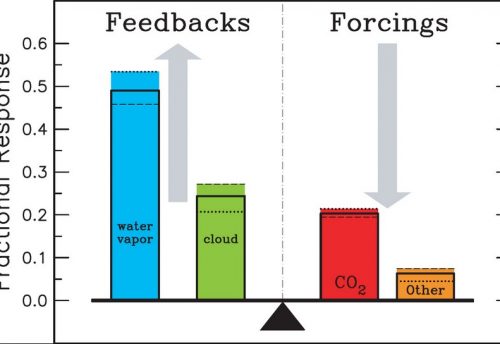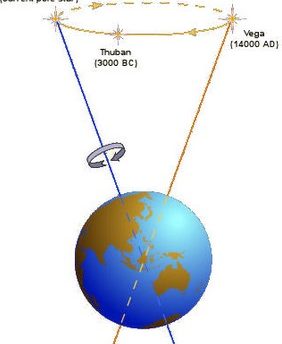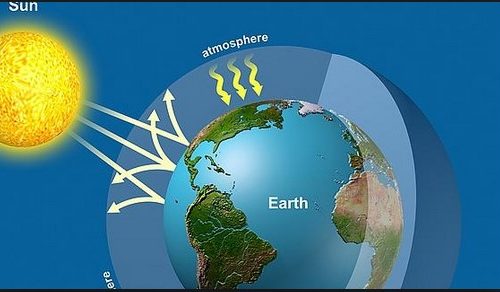
By the early Mesozoic (Triassic Period), the final suturing of all continents to form Pangea (see Figure 5.4) was complete (about 220Ma). The combination of a gigantic landmass and lower global sea level (associated with reduced rates of tectonic movement) should have resulted in extremely continental climates, with associated aridity. This conjecture is consistent with geological data (Parrish et al., 1982); there is abundant evidence of extensive red beds (aeolian deposits) and evaporites (salt deposits) throughout the Permian and Triassic, which form in arid environments.
Nevertheless, the assumption that the climate of the early Mesozoic was hot and arid on a global scale has been questioned by various modelling studies (Crowley et al., 1989; Kutzbach & Gallimore, 1989). These simulations have suggested that with such extreme continentality and increased seasonality prevalent, considerable amounts of sea ice would be expected at high latitudes. Even with enhanced anticyclonic ocean gyres, transporting heat into high latitude regions, one cannot escape the fact that polar continental areas should have experienced sub zero temperatures at some time during the annual cycle. Despite the lack of empirical glacial evidence, the premise that the early Mesozoic was a time of arid warmth must remain ambiguous.
From geological evidence (e.g. Lloyd, 1982; Savin, 1977) it appears that the postulated warmth of the Triassic and Jurassic Periods continued into the Cretaceous (136 to 65Ma). During the Jurassic and Cretaceous, global sea level rose again (Figure 5.1), presumably associated with increased sea-floor spreading as Pangea began to break up.
The elevated sea level may have created a near transglobal equatorial seaway (called the Tethys Sea), flooding large parts of western Europe, North Africa and North America, bringing considerable warmth and moisture to low latitude regions. There is also considerable geological evidence for warmer temperatures in higher latitudes during the mid-Cretaceous (e.g. Barron, 1983). From oxygen isotope records, Savin (1977) has indicated that deep water temperatures at 100Ma may have been as high as 20C. Figure 5.5 illustrates the comparison between present day surface temperatures and those during the Cretaceous estimated empirically.
As for the early Mesozoic, however, modelling studies do not conclusively predict high latitude ice-free environments during the Cretaceous. Indeed, the hypothesis that increased high latitude warmth is due to changes in land-sea distribution appears to be only partially supported by climate simulations (Barron et al, 1981; Berner et al, 1983; Schneider et al., 1985). Simulated climate changes for seasonal experiments do not result in temperature patterns compatible with geologic data; temperatures are still too low in high latitudes.
Various explanations have been proposed for the discrepancy, and subsequently incorporated into further modelling studies. Two of these include ocean circulation changes and the role of CO2. Of these, only an elevated atmospheric CO2 concentration could come close to reconciling the models with geological evidence. High levels of CO2 do not altogether seem unreasonable, considering the high global sea level and ensuing break-up of Pangea (presumably due to increased tectonic activity) (Berner et al., 1983). In addition to increased outgassing of CO2, the reduced continental area (due to the global marine transgression) would result in a decreased rate of weathering of silicates and removal of CO2 from the atmosphere.
Unfortunately, there is little reliable evidence to support the CO2 model. Kominz (1984) has estimated that average rates of the velocities of major tectonic plates were higher in the late Cretaceous and ocean ridge volumes were greater. In addition, Cretaceous sea beds were dominated by calcite minerals (Sandberg, 1983), implying higher aqueous, and consequently atmospheric, CO2 concentrations (see also Figure 5.2). Nevertheless, further intercomparison of different CO2 proxy records is necessary if full evaluation of the CO2/Cretaceous climate paradigm is to be evaluated.




Leave a Reply